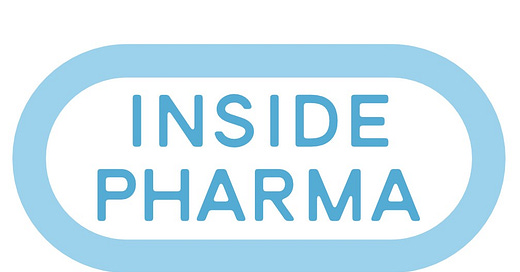Could a Proportion of the Adverse Reactions to the COVID Injections be Caused by Breakneck Speed in the Supply Chain?
This is the case in support
Could a Proportion of the Adverse Reactions to the COVID Injections be Caused by Breakneck Speed in the Supply Chain?
What is a supply chain and why is it important for the safety of a medicine?
For those not familiar with supply chains, they bring us the food we eat, the cars we drive and the mobile phones we use to communicate. In fact, every product we consume must come to us via a supply chain. It is the series of stages a product must go through to be converted from raw materials into a finished product. This applies to medicines as it does to any product we consume.
The added complication with medicines is that they go inside your body, but unlike food, they start off as an unknown substance. No-one knows what the medicine will do to you, or what your body will do to the medicine as it is broken down when inside you. It may come as a surprise to som…



